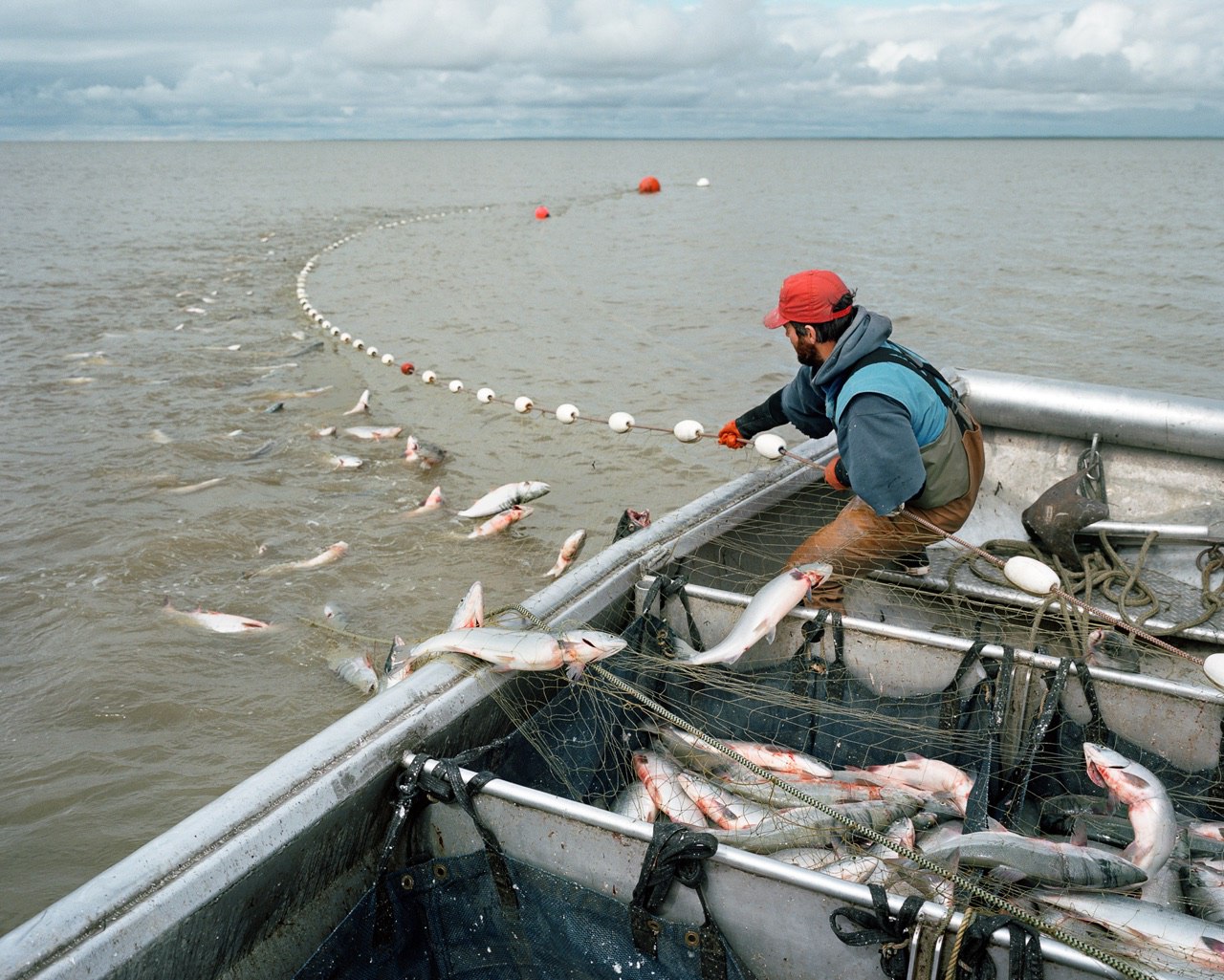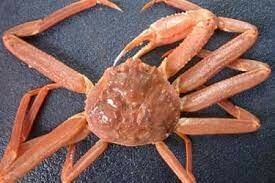The recreational and commercial fishing industries don’t always see eye to eye on resource issues. But when foreign mining interests jeopardize the world’s largest salmon fishery, our fishermen stand united.
Bristol Bay, Alaska’s prolific salmon fishery is under threat. On average, more than 40 million sockeye salmon return to Bristol Bay’s mighty rivers every year. Anglers worldwide flock to try their luck with lure or fly, and commercial fishermen nationwide sustainably harvest tens of millions of salmon annually. It is one of the most productive ecosystems on Earth.
Unlike salmon in other Pacific Coast states, Alaskan salmon runs benefit from plentiful cold, clean water flows and have not been listed as endangered or threatened under the Endangered Species Act. Bristol Bay fisheries are healthy, sustainable and thriving because of wise, science-based management by local communities, the fishing industry and the state of Alaska.
The goal of both recreational and commercial fishing industries is to keep Bristol Bay salmon stocks healthy and to ensure these fisheries remain a national treasure for future generations.
However, for more than a decade, Bristol Bay’s recreational and commercial fishing industries and communities have faced economic uncertainty created by the proposed Pebble Mine project. Pebble Mine would be a massive low-grade ore extraction enterprise in a seismically active, wet and porous region at the headwaters of the Bristol Bay watershed. If developed, the Pebble Mine would jeopardize thousands of independent businesses and tens of thousands of jobs. The mine puts at risk an economic engine that sustains Alaska’s economy.
In 2010, at the request of Alaska Native tribes, commercial and sport fishermen, the U.S. Environmental Protection Agency began assessing the effect mineral extraction would have on Bristol Bay’s habitat. The EPA conducted two peer-reviewed, scientific assessments to understand the effects of large-scale mining in the Bristol Bay watershed. Whether a small, medium or large mine, the EPA’s conclusions were unequivocal: Mines like Pebble will have deleterious consequences on salmon habitat and fishery resources.
Recently, EPA Administrator Scott Pruitt agreed that any mining in the region would pose risks to Bristol Bay’s world-class resources. We support Administrator Pruitt’s decision to keep the proposed determination that offers to keep permanent protections to Bristol Bay on the table. However, the recreational and commercial fishing industries’ message is the same: Until Bristol Bay’s fisheries are permanently protected, our industries are under serious threat.
Bristol Bay’s economic impact ripples throughout our nation’s outdoor economy. Outdoor enthusiasts consider it one of sport fishing’s meccas, where anglers can land 30-inch rainbow trout, along with Arctic char, grayling, and five species of salmon, including prized kings. Anglers from around the world make 37,000 trips annually to Bristol Bay, pumping tens of millions of dollars into the Alaskan economy.
Last summer, commercial fishermen harvested a near-record 37 million sockeye salmon from a total return of 60 million fish. More than 1 billion portions of sockeye salmon have been distributed to grocery stores, restaurants and dinner plates worldwide. Combined, Bristol Bay’s commercial and recreational fisheries contribute 20,000 jobs and $1.5 billion in economic impact every year.
But Bristol Bay’s contributions stretch beyond Alaska to the rest of the nation. Made and sold throughout the country, waders, rods, reels, boats, apparel and tackle are bought and used by anglers in Bristol Bay’s famed rivers. Nationwide, companies manufacture hydraulic equipment, aluminum and engines, which are purchased and used by thousands of Bristol Bay commercial harvesters. Consumers in every state enjoy delicious Bristol Bay salmon for dinner every night. Bristol Bay is truly unmatched in its ecological and economic contributions to the United States.
In late December, the threat of Pebble Mine evolved from hypothetical to a very real one. The backers of Pebble applied for a wetland fill permit with the U.S. Army Corps of Engineers, the details of which include removing 3,000 acres of wetlands, installing an 83-mile transportation corridor while employing only 850 people. We urge the Army Corps of Engineers to solicit participation from experts within the EPA, U.S. Fish and Wildlife Service, NOAA, and other federal and state agencies in the permitting process. By doing so, we are confident the results will be as clear as Administrator Pruitt’s conclusions: that any mining in the region will post significant risk to Bristol Bay’s renewable fishery resources.
During his campaign, President Trump promised to be the “greatest jobs producer God ever created.” In our eyes, preserving and sustaining fish populations for recreational anglers, commercial harvesters and seafood consumers is essential to meeting the president’s goal. This is why our organizations have joined Businesses for Bristol Bay — a coalition of hundreds of companies from Fortune 100 businesses and James Beard-award-winning chefs, to family lodges and commercial fishing businesses that are united in our opposition to Pebble Mine.







